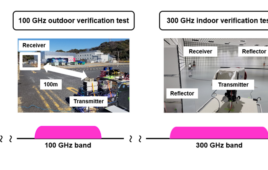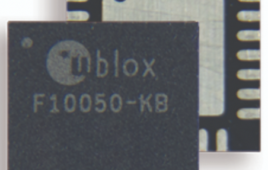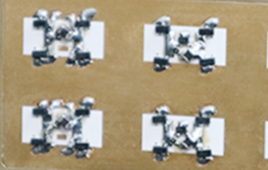The holidays seem to storm in faster and faster every year, leaving people asking themselves: “Wasn’t it just July?” As the days to holiday bliss wind down, airports, train stations, and highways will soon begin to clog with people traveling to various destinations before the festivities begin.
For airports, this surge of travelers will mean an entirely new screening process for holiday-goers gearing up to be with family. Security is set for an upgrade in the form of an open-sided scanner that works faster and more efficiently than the current cylindrical body scanners. Meaning, you just might make your flight if you’re running late and have to get through security quickly.
Carey Rappaport, a Northeastern professor studying the antenna systems utilized in the scanners says, “The difference for each traveler is a matter of a few seconds in the scanners, but it required a ‘feat of engineering’ to pull off, and will result in clearer, more accurate imaging.”
The newer machines will use the same technology as the existing machines, but they will be capable of processing information must faster. If anyone has traveled recently, they are aware of the hands overhead and perfectly still pose necessary to capture a body image when going through security. While we stand in our pose, antennas rotate around the body emitting small electromagnetic waves called millimeter waves that penetrate clothing. A computer then records the shape of the waves as they bounce back, delivering a 3D image of the person to be analyzed for security risks.
The issue with the current method, according to Rappaport, is that it requires the individual inside the machine to be perfectly still as the antennas slowly construct an image. And with human error, often come people that can’t seem to stand still.
“If you sneeze or hiccup or shake or shimmy at all, it messes up the image rather significantly,” says Rappaport. An unclear image could result in a false alarm or a pat down from a TSA employee, which isn’t fun for anyone involved. The new machines can transmit and receive information instantly because they are multistatic, meaning people only need to remain frozen for one second versus three or more.
The secret behind this new technology is that the sensors communicate all at once and in a very brisk pace. Rappaport states, “The result is a cleaner, higher-fidelity image, and whenever you have a better image, you’re going to have fewer false alarms.”
As with any developing technology, there are still some hiccups to be worked out, most notably, the scanners having issues penetrating leather clothing. So far, Denver International Airport is the first in the United States to use the new scanners, but if things continue to develop successfully, travelers can expect to see these new scanners in airports nationwide, and potentially in time for next year’s holiday rush.




